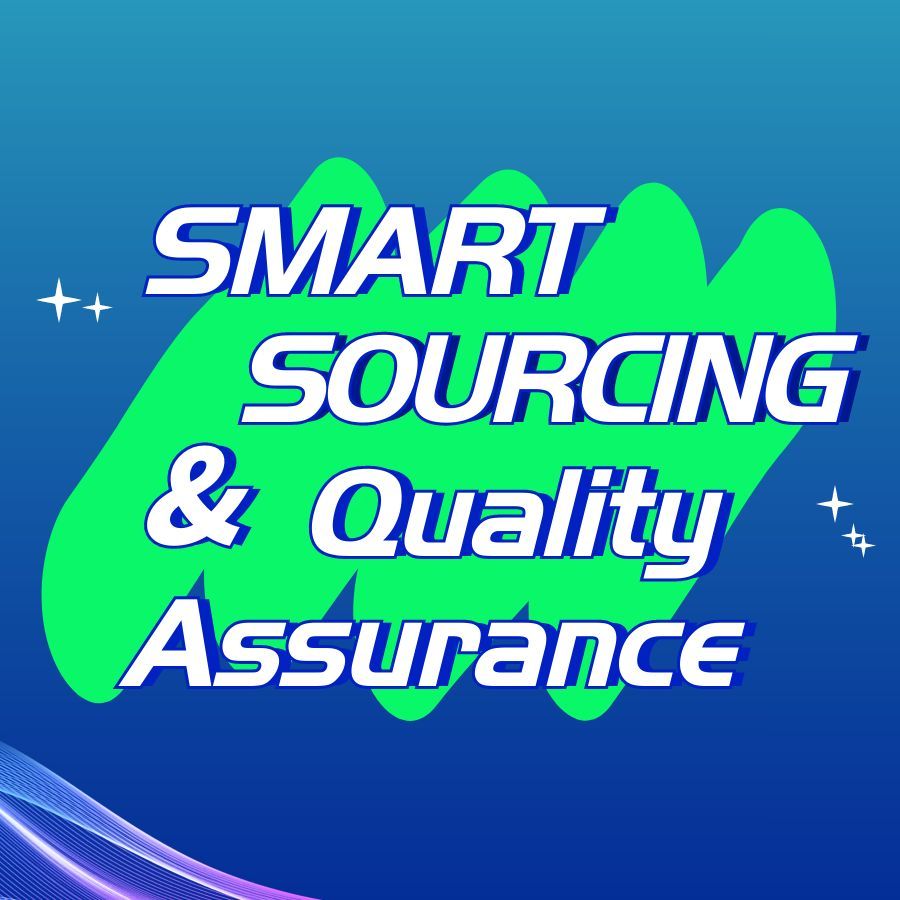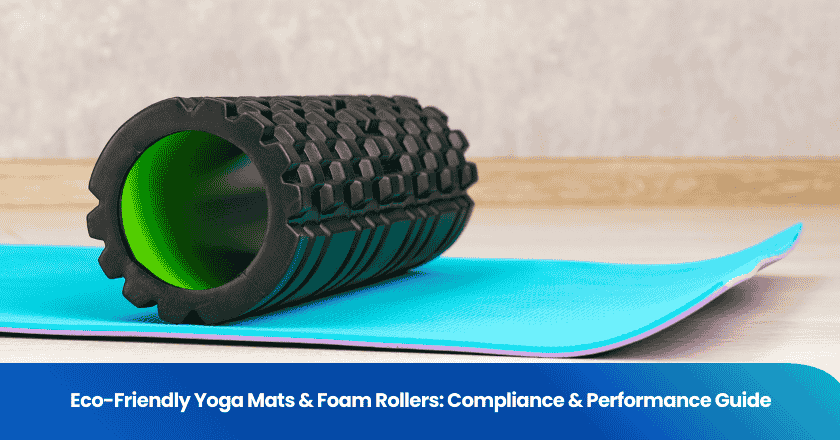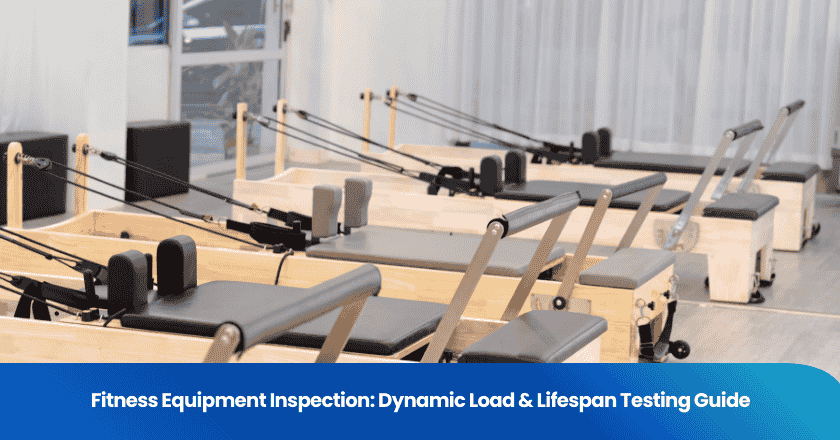
In 2025, quality assurance stands out as the key driver for delivering a reliable product. You see industries moving from traditional quality control to more proactive methods. Advanced technologies like AI and machine learning now boost both efficiency and product quality. Cloud-based quality management systems support agile responses, while qc inspection still plays a vital role in confirming product standards. As you reflect on your approach, consider how innovation and simplicity can transform your product outcomes.
Key Takeaways
- Quality assurance is essential for preventing defects and ensuring customer satisfaction. Focus on proactive strategies to enhance product quality.
- Integrate quality assurance and quality control for a balanced approach. This combination helps catch issues early and verify product standards.
- Invest in advanced technologies like AI to improve quality management. These tools help detect problems early and streamline processes.
- Establish clear quality standards and train your team. Everyone should understand their role in maintaining quality and reporting issues.
- Monitor trends and adapt your strategy continuously. Staying responsive to changes ensures you meet customer expectations and maintain high standards.
Quality Assurance and Quality Control Defined
What Is Quality Assurance?
You approach quality assurance as a systematic process that guides your organization to meet defined quality standards and customer expectations throughout a product’s lifecycle. Leading industry standards describe quality assurance as a proactive strategy. You design and audit processes to prevent issues before they arise. This approach includes several key elements:
1. You create a quality assurance plan that outlines scope and roles.
2. You establish clear workflows and templates for consistency.
3. You collect data and use statistical process control to monitor performance.
4. You conduct regular reviews and manage risks through governance and audits.
5. You drive continuous improvement by experimenting and refining processes.
By focusing on prevention, you enhance customer satisfaction, build public trust, and reduce the risk of defects. Quality assurance programs help you maintain high standards and adapt to changing requirements.
What Is Quality Control?
Quality control takes a different approach. You use it as a reactive process to inspect finished products or services and identify defects. Your team checks results to catch any issues that may have slipped through earlier stages. This step ensures that only products meeting your standards reach customers.
You rely on inspections, testing, and measurements to verify that outcomes align with expectations. Quality control plays a critical role in quality management by confirming that your processes deliver the intended results. While it does not prevent problems, it acts as a safety net to protect your reputation and maintain product quality.
Tip: Use both quality assurance and quality control together to create a robust quality management system. This combination helps you prevent issues and catch any that occur.
QA vs QC: Key Differences
Process vs Product Focus
You often hear that quality assurance and quality control serve different purposes, but the real distinction lies in their focus. Quality assurance centers on the process. You design, monitor, and improve workflows to prevent issues before they reach the product stage. This approach means you look at how your team works, not just what they produce. In contrast, quality control zeroes in on the product itself. You inspect, test, and measure finished items to catch any defects that slipped through.
Here's a clear comparison:
| Aspect | Process-Oriented (QA) | Product-Oriented (QC) |
|---|---|---|
| Focus | Preventing defects before they occur | Detecting defects after production |
| Approach | Systematic and proactive | Reactive and inspection-based |
| Goal | Continuous improvement | Defect elimination |
| Methods | Developing procedures, conducting audits | Product inspection, testing, sampling |
When you focus on process, you build a system that supports efficiency and consistency. This helps your team avoid mistakes and deliver a better product. On the other hand, a product focus ensures that only items meeting your standards reach customers. You need both perspectives, but understanding where to allocate resources makes a difference. Product design addresses user needs, while process design streamlines how you get there. Collaboration between these areas drives innovation and performance.
Prevention vs Detection
You want to avoid problems before they happen. That’s where quality assurance shines. Prevention strategies, such as developing clear procedures and using advanced technologies, help you stop defects at the source. In 2025, you see innovations like artificial intelligence and shift-left testing making prevention even more effective. These tools allow you to analyze data, predict issues, and act early.
Quality control, in contrast, focuses on detection. You identify and correct defects after production. This approach is essential, but it often leads to higher costs due to rework, delays, and dissatisfied customers. Prevention saves money and time by reducing the need for fixes later.
| Strategy Type | Focus | Cost Implications |
|---|---|---|
| Prevention-focused QA | Prevents defects before they occur | Leads to significant cost savings by minimizing rework and reducing poor quality costs. |
| Detection-focused QC | Identifies defects after they occur | Results in higher costs due to rework, delays, and customer dissatisfaction. |
You benefit most when you invest in prevention. An effective quality assurance plan reduces your reliance on quality control. You meet regulatory requirements, manage risks, and build stakeholder confidence. By focusing on prevention, you minimize the need for costly interventions later.
Note: When you strengthen your quality assurance, you create a foundation that supports your quality control efforts. This synergy leads to fewer defects and a more reliable product.
Timing in Workflow
Timing plays a crucial role in your quality management strategy. Quality assurance activities start early. You integrate them into planning, design, and development. This early focus helps you spot risks, optimize resources, and set clear expectations for your team. You prevent waste and keep your project on track.
Quality control comes into play after production. You use inspections and tests to verify that the product meets your standards. If you rely too much on quality control at the end, you risk delays and extra costs from rework. Early quality assurance reduces these risks and speeds up delivery.
You achieve the best results when you balance both approaches. Quality assurance prevents problems from the start, while quality control ensures your product meets expectations at the finish line. This combination leads to faster, more reliable project outcomes.
Unique Benefits of Quality Assurance
Preventing Defects
You gain a significant advantage when you focus on defect prevention through quality assurance. By building a strong quality assurance process, you address potential issues before they reach your customers. This proactive approach reduces the risk of costly rework and helps you maintain a consistent level of quality. When you prevent defects, you also protect your reputation and foster customer loyalty.
Consider the measurable benefits you achieve by prioritizing defect prevention:
| Benefit | Description |
|---|---|
| Enhanced Customer Satisfaction | Quality products meet customer needs, leading to loyalty and positive feedback. |
| Reduced Development Costs | Early detection of issues saves resources and makes prevention less expensive than correction. |
| Faster Time to Market | Streamlined quality processes allow you to release products more quickly. |
| Increased Brand Reputation | A commitment to quality builds trust and attracts more customers. |
| Better Security | Rigorous testing for vulnerabilities protects your data and systems. |
| Streamlined Processes | Best practices improve team productivity and efficiency. |
| Compliance with Regulations | Meeting industry standards helps you avoid penalties and legal issues. |
You also see that defect prevention can reduce return rates by up to 60%. This improvement directly boosts customer satisfaction and retention. When you manage defects effectively, you minimize negative reviews, which influence most purchasing decisions. By embedding continuous improvement into your system, you create a culture that values quality at every stage.
Process Improvement
You drive long-term success by making improvement a core part of your quality assurance strategy. When you focus on refining your quality processes, you lower operational costs and increase profitability. Quality assurance helps you identify inefficiencies and eliminate waste, which leads to better resource allocation.
Process improvement initiatives deliver measurable business results:
- Quality improvements lead to financial gains and higher profitability.
- Reducing costs tied to defects and recalls lowers your expenses.
- Improved customer satisfaction encourages repeat business and increases revenue.
- Streamlining workflows through business process improvement reduces errors and unnecessary costs.
- Better internal processes enhance customer experiences and foster loyalty.
You can monitor your progress by tracking defect rates, customer complaints, and production cycle times. Each improvement you make strengthens your system and supports continuous improvement. As you refine your quality processes, you build a foundation for sustainable growth and resilience in a competitive market.
Unique Benefits of Quality Control
QC Inspection and Testing
You rely on qc inspection to catch issues before products reach your customers. This step in the quality control process helps you identify defects and maintain high-quality products. You use a variety of inspection and testing methods to ensure your products meet quality standards. Some of the most common techniques include:
- Visual inspection to spot obvious defects in the product.
- Dimensional inspection to measure physical attributes and confirm they match design requirements.
- Functional testing to verify that the product works as intended.
- Sampling, where you inspect a portion of a batch to make decisions about the entire lot.
- Six Sigma, which uses data to reduce defects and improve the quality control process.
- Failure Mode and Effect Analysis (FMEA) to find potential failure points in your system.
- Control charts to monitor process stability.
- Design of Experiments (DOE) to test how different variables affect product quality.
- Root Cause Analysis (RCA) to trace defects back to their source.
- Total Quality Management (TQM) to improve quality across your organization.
You also use manual and automated testing, performance testing, usability testing, and security testing. Each method helps you deliver high-quality products that meet customer expectations.
Tip: Regular qc inspection not only finds defects but also provides valuable data for continuous improvement.
Ensuring Product Standards
You must ensure your products comply with strict quality standards, especially in regulated industries. Quality control management systems help you document every step and maintain consistency. You use established practices to guarantee that your products meet industry requirements.
You see these practices in industries like pharmaceuticals, microbiology, medical technology, food production, and cosmetics. By following these guidelines, you protect your reputation and deliver products that customers trust. A strong quality control process ensures you meet regulatory demands and produce high-quality products every time.
Limitations of QA and QC
QA Limitations
You may find that even the most robust quality management system faces challenges, especially in fast-paced or highly innovative sectors. Manual workflows often require excessive approvals, which slow down your progress. Repetitive data entry wastes valuable time and increases the risk of errors. Traditional documentation processes can create paper trails that hinder progress, making it difficult for your team to adapt quickly. Sometimes, your team completes tasks just to check a box, missing the bigger picture of how their work impacts safety and efficiency.
You might also encounter inconsistent formatting, outdated content, and volume overload. These issues can overwhelm your quality management system, especially during large-scale projects with frequent changes. When documentation lacks standardization, confusion and inefficiency follow. Outdated information leads to mistakes, and managing too much documentation can slow your team’s response to quality-related problems.
QC Limitations
When you rely solely on quality control, your quality management system may not catch every defect. Sampling-based inspection can miss rare issues, allowing some defects to reach your customers. Inspection activities add costs but do not increase customer value, which diverts resources from prevention strategies. Final inspections often happen too late, resulting in waste and higher costs from rework.
You may also face these challenges:
- Misunderstanding of quality concepts can create anxiety and resistance among employees.
- Resource constraints limit your ability to implement necessary quality systems.
- Cultural resistance in organizations with a history of accepting defects complicates the shift to zero-defect quality.
- High-volume production periods put pressure on your system, sometimes leading to compromised quality control.
- Meeting compliance standards may not always satisfy customer expectations.
A quality management system that depends only on detection cannot guarantee consistent results. You need a balanced approach to address both prevention and detection, ensuring your system supports continuous improvement and customer satisfaction.
When to Prioritize QA or QC
Scenarios for Quality Assurance
You should focus on quality assurance when you want to prevent problems before they affect your product. This approach works best in the early stages of development, especially if you plan a new product launch or introduce major updates. By building strong processes, you help your team avoid costly mistakes and delays. You also create a system that supports continuous improvement and meets market expectations.
Consider these situations where quality assurance takes priority:
- You need to ensure a seamless transition from development to deployment.
- You want to enhance product quality and user satisfaction.
- You aim to support continuous improvement and adapt to changing requirements.
- You plan to limit major feature updates to reduce risk.
- You require faster and more reliable bug fixes and security patches.
You benefit from integrating strategic testing and maintaining clear communication across your team. Real-time validation helps you catch issues early and improve stability. When you invest in prevention, you build a foundation for long-term success.
Scenarios for Quality Control
You should rely on quality control when you need to verify that your product meets established standards before release. This approach becomes essential in industries with strict regulations or when you handle high-volume production. Quality control helps you catch defects that may have slipped through earlier stages.
Key scenarios for prioritizing quality control include:
- You must confirm that finished products meet customer and regulatory requirements.
- You need to perform rigorous regression testing before a major release.
- You want to use sampling and inspection to ensure batch consistency.
- You face tight deadlines and must validate product quality quickly.
- You want to provide assurance to stakeholders that your product is safe and reliable.
A strong quality control process acts as your safety net. It helps you deliver products that meet expectations and maintain your reputation in the market.
Balancing QA and QC in 2025
Integrating Both Approaches
You achieve the best results when you integrate quality assurance and quality control into a unified system. This approach allows you to prevent issues early and verify that every product meets your standards before reaching customers. You can use best practices to create a seamless workflow between process improvement and product inspection.
You also need to standardize procedures and track quality metrics in real time. Automating inspections and centralizing data help you spot trends and respond quickly. Regulatory compliance becomes easier when you embed both preventive and verification measures into your daily operations.
Practical Steps for Success
You can take several practical steps to balance quality assurance and quality control. Start by defining clear quality standards for every product. Select the right quality control methods and decide how many items you will test in each batch. Train your team so everyone understands the standards and knows how to report issues.
- Set measurable criteria for each product that reflect both customer and regulatory expectations.
- Plan your quality assurance process by assigning roles, scheduling reviews, and using scorecards to evaluate performance.
- Use AI-powered tools to detect critical issues early and assign them for human review.
- Monitor performance with quality metrics such as first-pass yield rates, customer complaint reduction, and audit completion times.
- Provide ongoing coaching and calibrate your reviewers to maintain consistency.
- Create a communication system for reporting defects or potential problems.
You measure your success by tracking how quickly employees find documents, the time needed to complete audits, and the recurrence rate of issues. High training compliance and effective corrective actions show that your system works. When you balance prevention and detection, you deliver reliable products and build trust with your customers.
In 2025, you gain the most value by building a system that balances proactive quality assurance with effective quality control. This approach helps you prevent defects, manage risks, and meet customer expectations.
- Proactive strategies catch issues early and improve processes.
- Risk-based management ensures compliance and operational excellence.
- Customer perception remains the true measure of quality.
To keep pace with industry changes, you should:
1. Monitor trends and data continuously.
2. Analyze results to find root causes.
3. Adapt your strategy as new challenges arise.
FAQ
What is the main difference between quality assurance and quality control?
Quality assurance focuses on preventing defects by improving processes. Quality control checks finished products for defects. You use quality assurance to build strong systems. You use quality control to verify results before delivery.
Why should you prioritize quality assurance in 2025?
You face rapid changes and higher customer expectations. Quality assurance helps you adapt quickly. You prevent problems before they reach your customers. This approach saves time and resources.
Can you rely only on quality control for product quality?
You should not rely only on quality control. Quality control finds defects after production. If you miss prevention, you risk higher costs and dissatisfied customers. Combine both methods for the best results.
How do new technologies impact quality management?
New technologies like AI and automation help you detect issues early. You analyze data faster and improve decision-making. These tools make both quality assurance and quality control more effective.
Grow your business with TradeAider Service
Click the button below to directly enter the TradeAider Service System. The simple steps from booking and payment to receiving reports are easy to operate.




